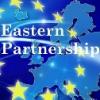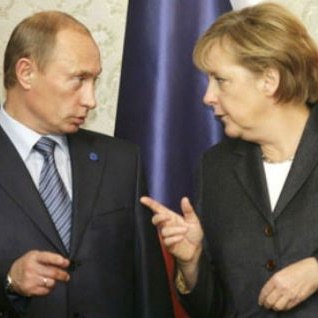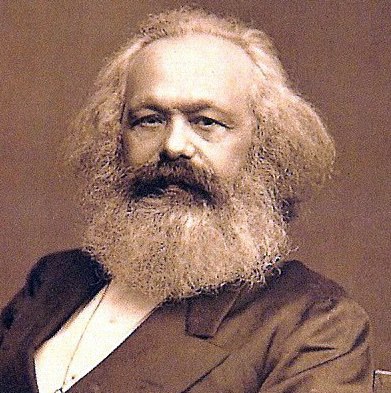(Journal article) (By Samuel Charap and Mikhail Troitskiy) — On 28-29 November, the leaders of the six countries designated by the European Union as members of its Eastern Partnership (EaP) programme – Ukraine, Moldova, Belarus, Georgia, Armenia, and Azerbaijan – met with the European Council in Vilnius, Lithuania. This summit is widely portrayed as the dramatic climax of these countries' recent history as independent states. They must finally choose, so the narrative goes, between East and West, Russia and the EU, corruption and reform, or even backwardness and modernity.
While the EU offers EaP countries free trade, visa liberalization and a European future, Russia, we often read, is actively seeking to thwart EU policy and crush the European aspirations of the region's citizens. Through its Customs Union with Belarus and Kazakhstan, now called the Eurasian Economic Union, Moscow supposedly seeks to reintegrate its neighbours into its 'sphere of influence' and re-establish Soviet-style dominance over the region.
This narrative accurately reflects a widespread perception of the problem. However, it is deeply misleading as an analytical framework for understanding the problem's core drivers. In reality, Russian motives are for more defensive and reactive – and, upon close examination, there is no inherent divergence of agendas between Moscow and Brussels that would make mutually acceptable compromise impossible. Instead of geopolitical or civilisational struggles, the right framework for understanding the ongoing competition between integration initiatives in post-Soviet Eurasia draws upon the concept of the security dilemma. […]
Read the full article (PDF) | © The International Institute for Strategic Studies











